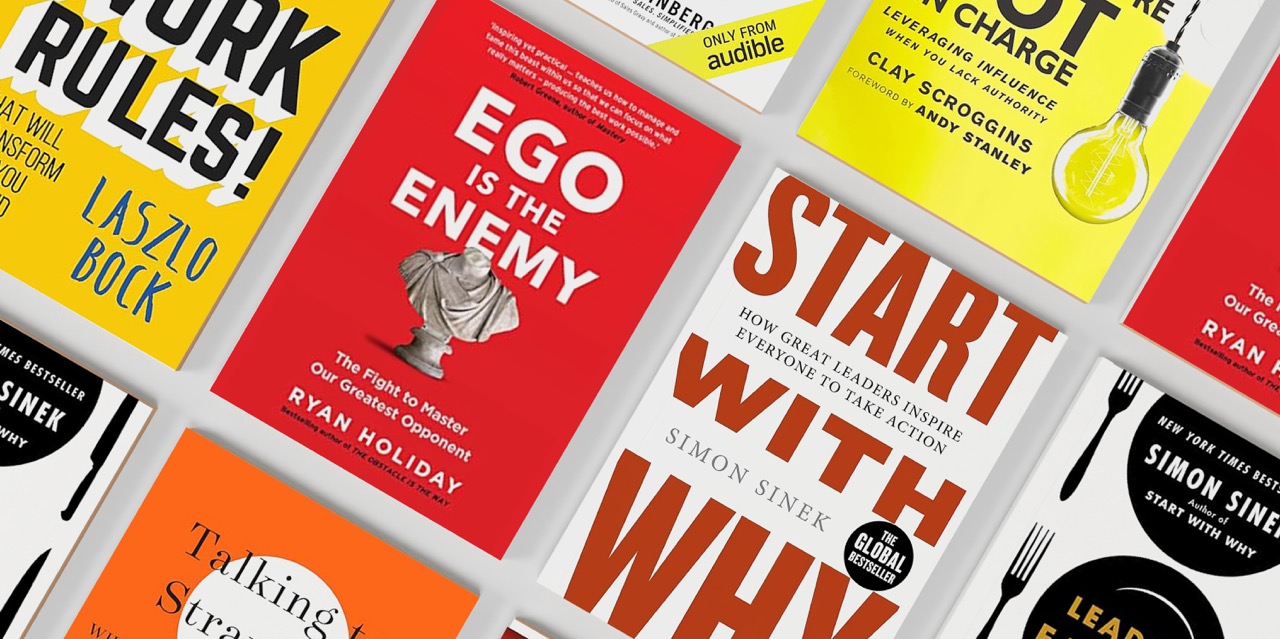to the list of articles
to the list of articles
back
back
March 26, 2025
Event
Vacancy
Article
7 companies that failed during the dot-com bubble — and 4 that survived

When the internet exploded in the late ’90s, businesses rushed online, eager to grab a piece of the new digital market. Some soared, others crashed before they even took off. Quartz rounded up the most striking stories of companies that either made it big or became symbols of the dot-com bust.
What happened
Over 25 years ago, the dot-com bubble burst — a massive crash that wiped out countless internet companies. Some disappeared forever, but a few survived and are still thriving today.
The term “dot-com” refers to businesses operating primarily online, named after the .com domain commonly used by commercial organizations.
In the mid-1990s, internet investments skyrocketed as investors feared missing out on the next big tech revolution. This frenzy gave birth to both promising ventures and unsustainable ideas.
By 2000, the bubble popped. The Nasdaq plunged, wiping trillions off the market. Many companies went bankrupt, were acquired, or barely hung on. Still, a handful of tech players managed to recover — and even dominate.
After the crash, “dot-com” became a byword for poorly thought-out or doomed business models. Here are some of the most infamous examples that didn’t survive:
– Pets.com — An online pet supply store that became the poster child for dot-com failure. Despite a successful IPO, it went bankrupt in just nine months due to an unsustainable business model.
– WebVan — A grocery delivery service that burned through over $800 million trying to build its own infrastructure. It collapsed in 2001, laying off around 2,000 employees.
– Kozmo.com — Promised one-hour delivery of everything from videos to food but refused to charge delivery fees. It shut down in April 2001.
– Boo.com — A British online fashion retailer that blew through $135 million in venture funding and lasted less than a year.
– Napster — A pioneer in file-sharing, Napster was shut down in 2001 after legal battles over copyright. Its brand was later acquired and merged with Rhapsody, now a Spotify competitor.
– Compaq — A leading PC maker hurt by falling demand for high-end computers. Acquired by HP in 2002 for $24 billion, the brand officially disappeared in 2013.
– 3dfx — A graphics card maker that sold its assets to Nvidia in 2000 and filed for bankruptcy by 2002.
Yet, some companies survived — and even became global giants:
– Yahoo — Once an internet giant, Yahoo survived the crash but lost its lead. Its stock plummeted, and Google overtook its search dominance. Today, it’s owned by Apollo Global and Verizon.
– Amazon — Lost 90% of its stock value during the crash due to weak e-commerce business models across the sector. It took a decade to recover. Today, Amazon is one of the most valuable companies in the world.
– Apple — Lost more than 80% of its market value in the 1990s during brutal price wars in the PC market. Steve Jobs’ return and Microsoft’s investment saved it. True success came with the iPod and iPhone. Today, Apple is the world’s most valuable company, worth $3.1 trillion.
– Nvidia — Went public in 1999. Despite the crash, it lost only 15% of its value and quickly rebounded. It weathered the 2009 market dip and by 2016 was thriving. Now, Nvidia is a leader in AI chip production and second only to Apple in market value.
The dot-com crash taught one simple lesson — survival isn’t about being the loudest; it’s about being the strongest. Learning from others’ mistakes is always cheaper than repeating them.
No items found.
We are waiting for you at the event!
We are waiting for you
Oops! Something went wrong while submitting the form.





